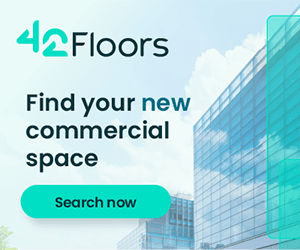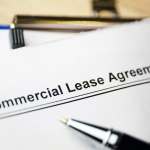What LEED Certification Is & How Your Building Can Achieve It
There are many different types of rating systems for buildings, most notably the grading system: A, B and C. But, there’s also a specific rating system for how energy-efficient — i.e. green — a building is, and that’s LEED certification. Leadership in Energy and Environmental Design (LEED) certification is the most widely used building rating system in the world and helps developers provide healthier and more productive buildings using more sustainable materials, systems and practices.
The LEED certification system is organized under the U.S. Green Building Council (USGBC) and is used in more than 165 countries around the globe. The ratings are based on CO2 reduction, water efficiency, energy savings and indoor environmental quality. The system is arranged in the following levels:
- Certified (40 to 49 points)
- Silver (50 to 59 points)
- Gold (60 to 79 points)
- Platinum (80+ points)
Points are awarded across one of six different categories. Therefore, owners should be aware of the category that they should be applying for.
- Building Design and Construction (BD+C): For newly constructed buildings or buildings going through a major renovation
- Interior Design and Construction (ID+C): For complete interior build-outs
- Operations and Maintenance (O+M): For existing buildings undergoing improvement work where little to no construction is required
- Neighborhood Development (ND): For new land development projects or redevelopment projects, which may include both residential and non-residential uses
- Homes: For single family homes and low- or mid-rise multifamily homes
- Cities and Communities: Applies to entire cities and sub-sections of a city
After the category is chosen, there are further subcategories based on the exact type of the building or project — such as healthcare facilities, data centers, warehouses, retail properties, homes and neighborhood projects. A full list of LEED credits by project type is available here.
Prerequisites, Points & Application Process
Prior to applying for LEED certification, a building or project must first meet certain prerequisites. (Note that points aren’t awarded for meeting the basic requirements, only for going above and beyond). Specifically, the building must:
- Comply with environmental laws
- Be a complete, permanent building
- Use a reasonable site boundary
- Comply with minimum floor area requirements
- Comply with minimum occupancy requirements
- Commit to sharing whole-building energy and water usage data
- Comply with a minimum ratio for building area to site area
- Be in a permanent location on existing land
- Use reasonable LEED boundaries
- Comply with project size requirements
Projects that don’t meet the prerequisites are ineligible to apply for certification. A detailed list of prerequisites can be found here.
Then, once the prerequisites for certification are met, the application process can begin. We recommend following these steps:
- Select a LEED rating system for your project and make sure it meets the Minimum Program Requirements. The USGBC Selection Guidance is a good resource for this.
- Review the LEED Certification Guides, including the current policies, procedures and pricing for your specific project.
- Identify which of the LEED credits the project should focus on for certification.
- Get the right tools. The USGBC provides of online tools to assist in your your certification application.
- When you’re ready to begin, register your project on the LEED Online portal, prepare your documentation and submit your application.
As an ethical system that helps further reduce our carbon footprint and preserve our environment, LEED certification provides many benefits to developers, landlords and tenants. Plus, LEED-certified buildings generate less waste; support health; and save energy, water and other resources. LEED-certified buildings also cost less to operate and attract like-minded tenants focused on sustainability and environmental protection.












